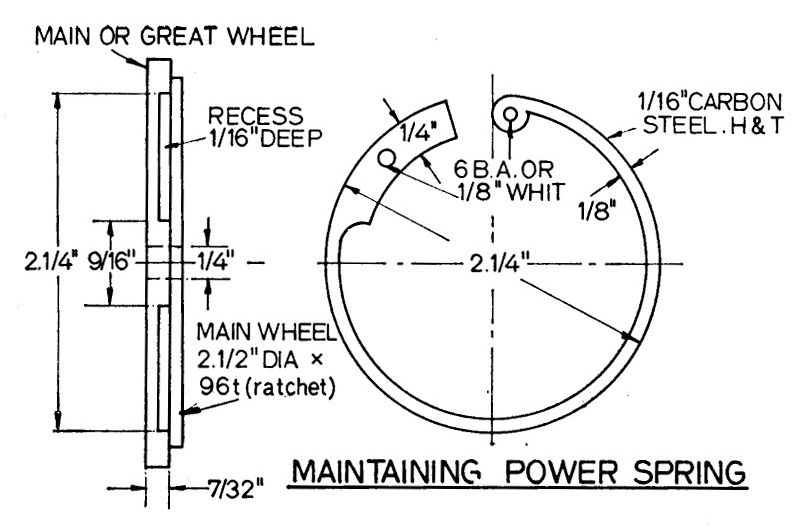Silver steel
Silver steel
- This topic has 20 replies, 11 voices, and was last updated 13 May 2018 at 23:35 by
Sam Stones.
Viewing 21 posts - 1 through 21 (of 21 total)
Viewing 21 posts - 1 through 21 (of 21 total)
- Please log in to reply to this topic. Registering is free and easy using the links on the menu at the top of this page.
Latest Replies
Viewing 25 topics - 1 through 25 (of 25 total)
-
- Topic
- Voices
- Last Post
Viewing 25 topics - 1 through 25 (of 25 total)
Latest Issue
Newsletter Sign-up
Latest Replies
- rotational motion into linear motion – force calculation?
- The strange phenomenon of Liquid Death
- quality 3 and 4 jaw chucks
- Obscure Thread
- Suggestions for next clock build?
- Which Carbide Lathe Tools?
- Boiler Design – issue 4765
- Just How Many File Types Do We Need?
- Miniature parts maker in Leicester?
- Whats app






